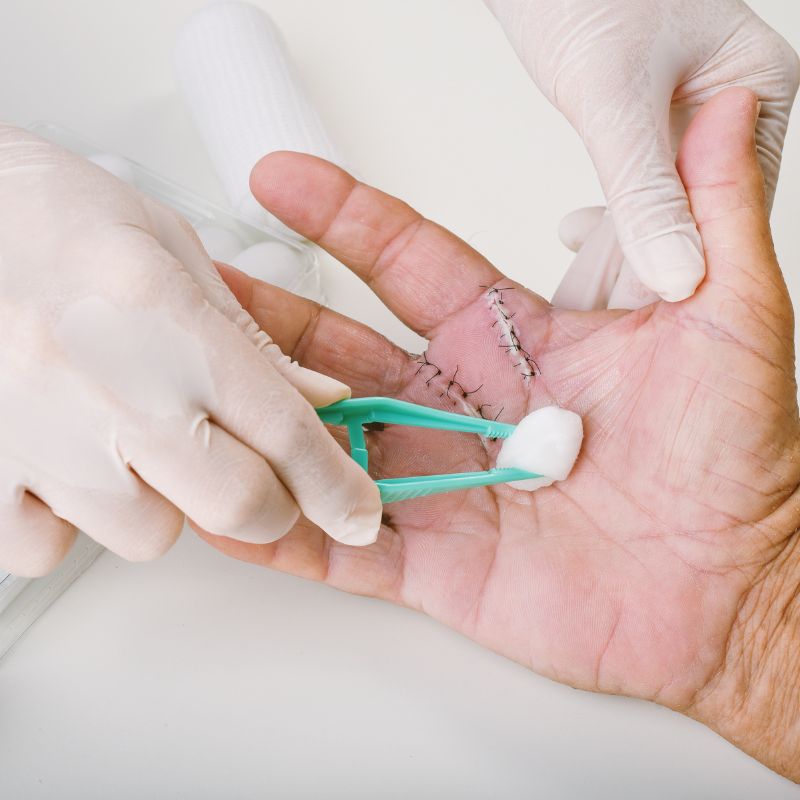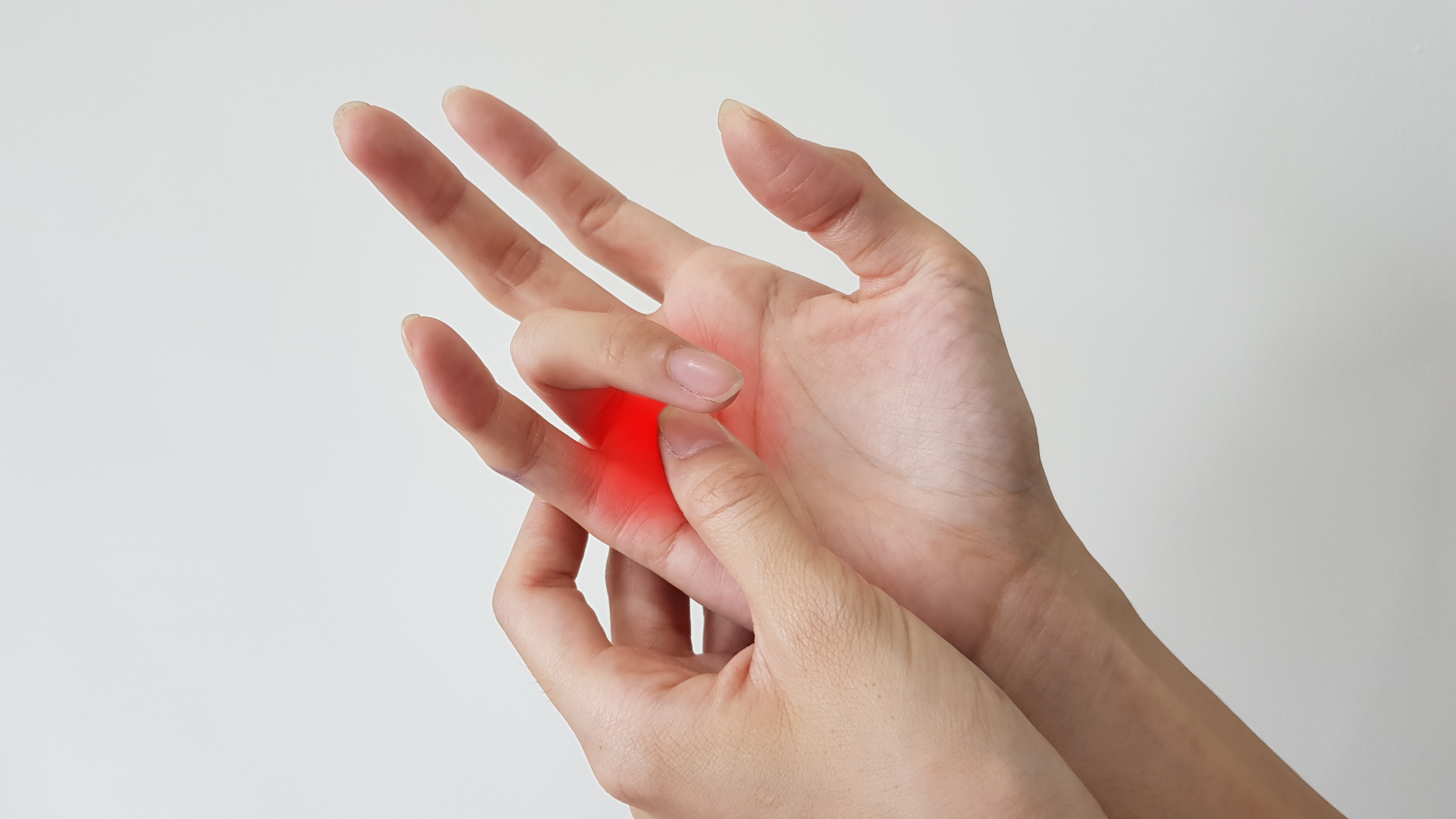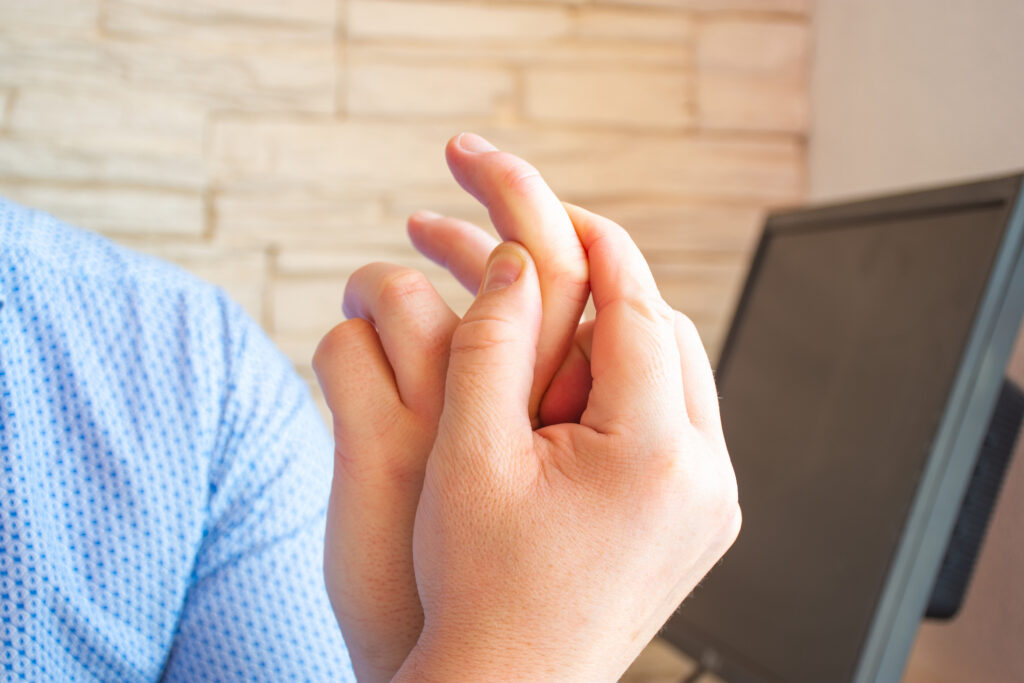Trigger Finger Release Surgery
Consultation in Harrogate, Yorkshire
Also known as: Trigger Finger release surgery, triggering finger release
A stiff or locked finger can disrupt daily tasks and keep you from doing the things you love. At Kliniken, we specialise in trigger finger treatment, offering expert care right here in Harrogate, Yorkshire. This common condition, caused by a tendon issue in the finger, can make simple movements frustrating and uncomfortable. Our approach focuses on relief and restoring your finger’s natural movement. With effective solutions tailored to you, we are here to help you get back to living life comfortably and confidently. Discover how our NHS trained consultants hand surgeons at Kliniken can make a difference today.

















